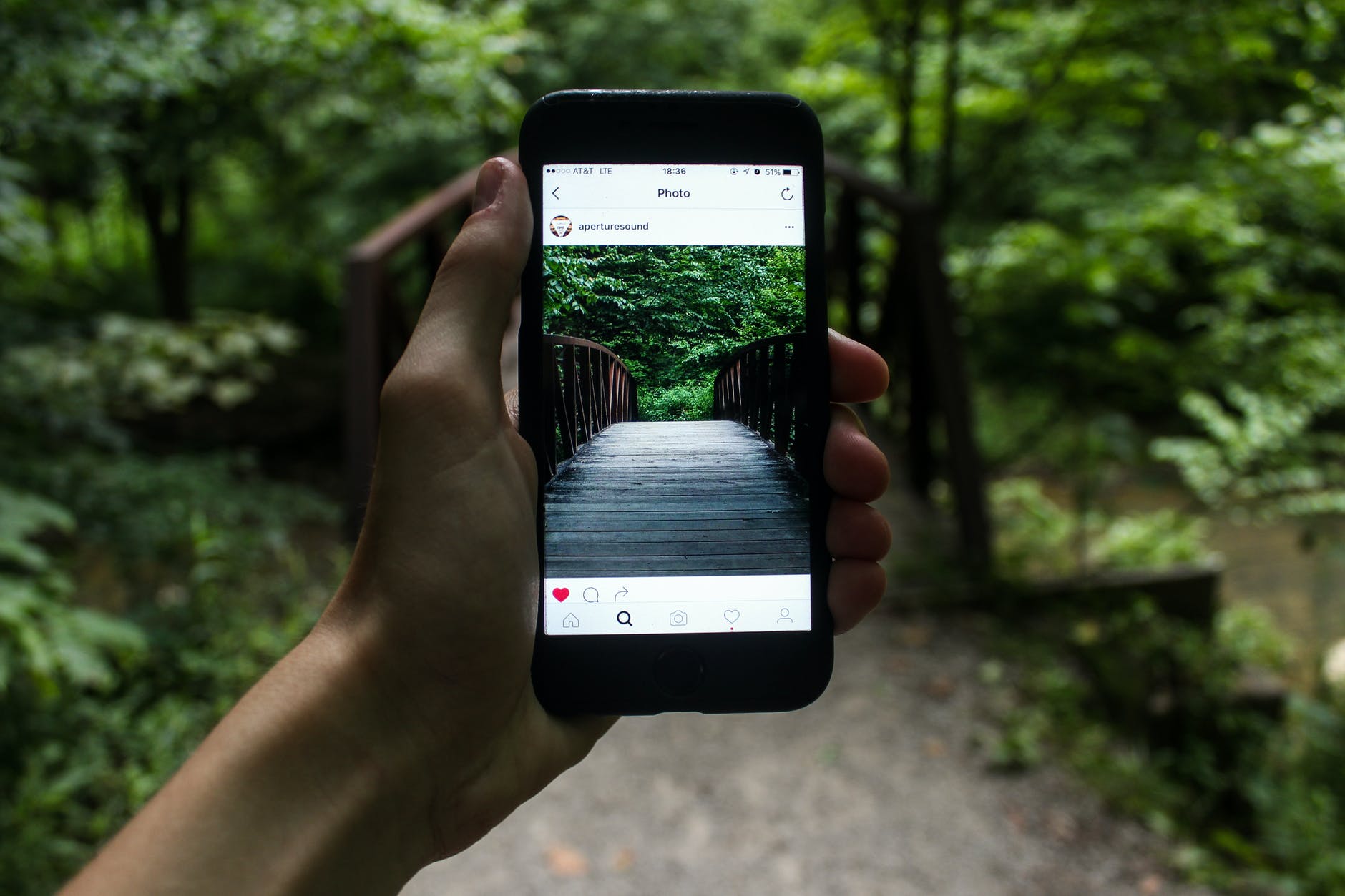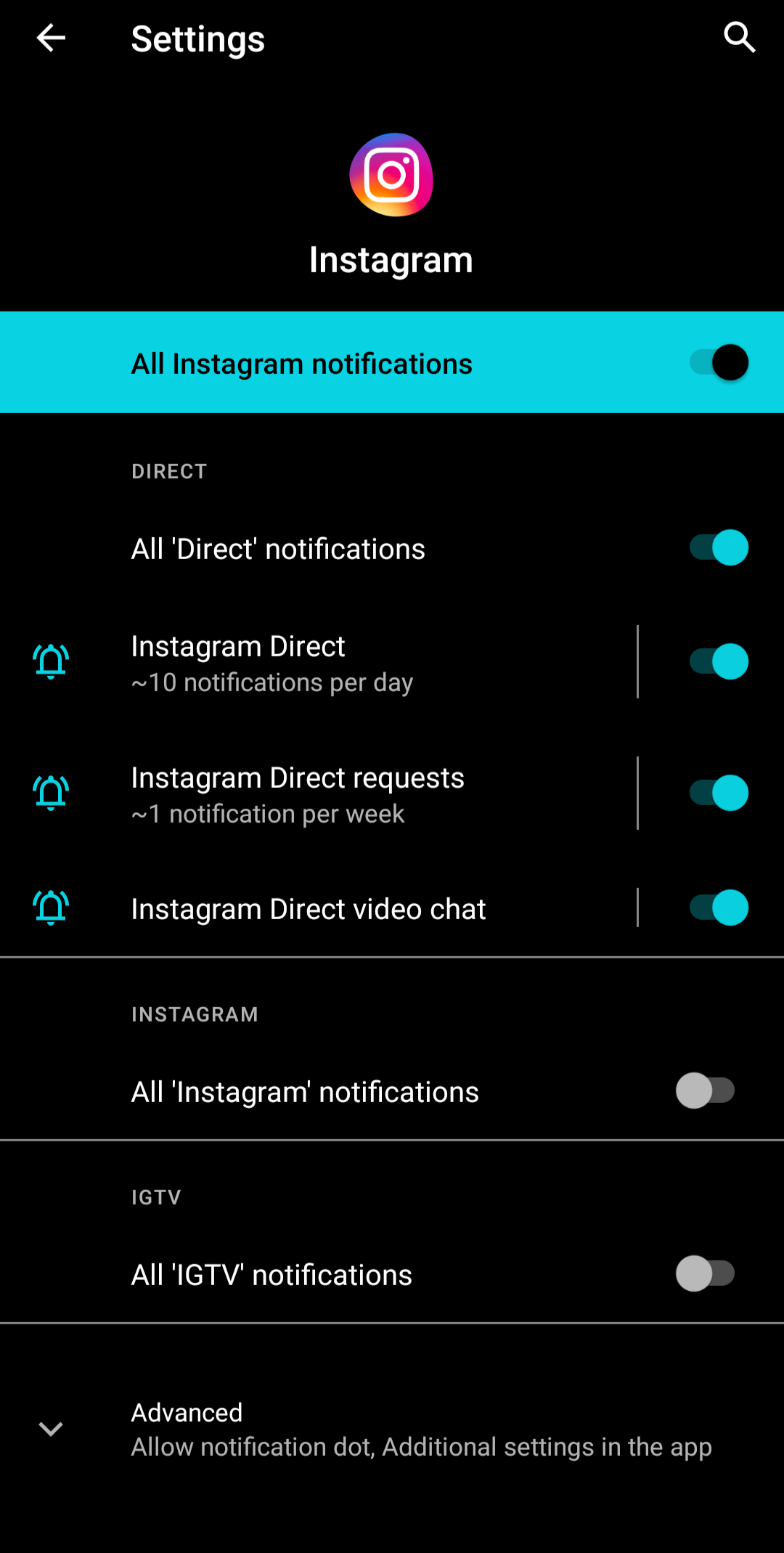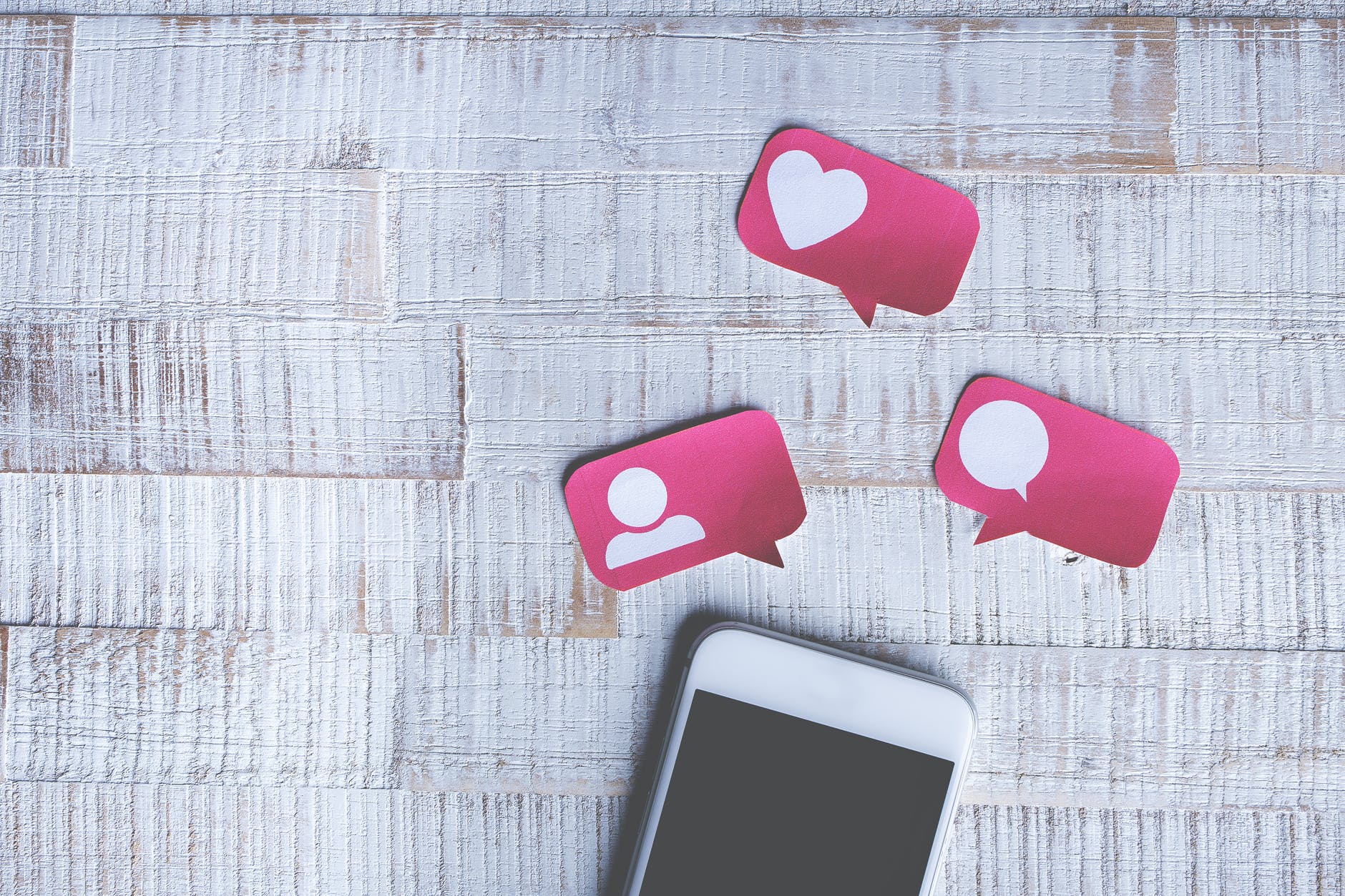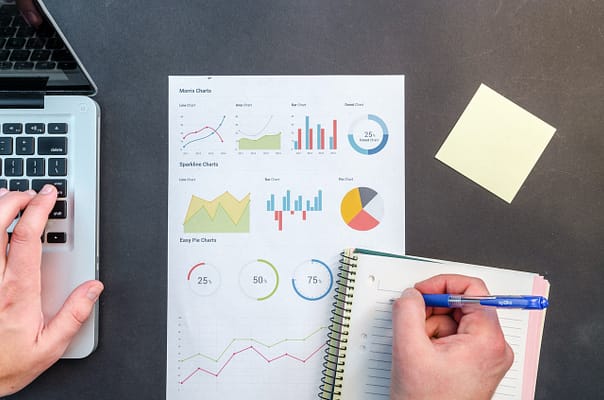7 Ways to Reduce Your Instagram Usage: Addiction Signs and Tips

It’s no secret that Instagram can be extremely addictive. With its bright colors, interesting content, and ability to connect with friends and family, it’s easy to see why so many people are drawn to it. However, Instagram can also be damaging to our mental health if we’re not careful.
In this blog post, we will discuss the signs of Instagram addiction, how to take a break from it, and some tips for reducing our usage.
Also read – 10 Productive Hobbies for College Students (2022)
7 ways to Reduce your Instagram usage
It is a tricky situation as we want to stay on the app so we can be connected with our friends but we also want to be careful about the addictive aspects. Hence deleting your account is an extreme measure. So let’s look at some ways you can reduce your Instagram usage while still being socially connected –
1) Follow fewer people
Be mindful of the people you follow. If you are following too many people, it can be hard to keep up with their posts and Instagram can feel like a chore. Try unfollowing some people who post irrelevant content or don’t interest you as much.
2) Rearrange your home screen
One way to make Instagram less accessible is to move it further down your phone’s home screen. The ease of access is what usually starts the whole problem. Hence you can fill up your home screen with other productive apps and keep Instagram out of your sight. This will make it take longer to get to the app, which might discourage you from using it as often.
3) Mute notifications
This is an easy way to reduce the number of distractions that come with Instagram notifications. Go to your Settings > Notifications > Instagram, and check all the notifications that Instagram has access to send you. You probably see 25-26 different notification access it has while you probably need 3 or utmost 5 of them. So uncheck the boxes of notifications you don’t need.

I would also recommend turning off other unnecessary notifications from other apps as well. The idea here is to reduce the number of times you pick up your phone overall.
4) Delete the app, use the web version on PC
The app version of Instagram definitely has more addictive traps as compared to the web version. You can always use the web version on your phone, but I would recommend taking a further step and limiting the usage to only your computer or laptop. This will take away the phone and put some roadblocks in between you and the platform.
You can go even further and use a browser extension like Newsfeed Eradicator. This extension will completely remove the posts and stories and give you access to only the DM’s, explore page, adding new photos, and the explore page. It will basically take out the most addictive aspects including reels that are not available in the web version.
4) Focus on your primary task
Most of us realize that Instagram is a problem when it starts to mess with our productivity. This starts slowly but if not careful it starts taking over your daily routine. It usually starts with a min 5 min break but ends up being a 30 min scrolling session. Hence it is important to identify Instagram as a distraction to your primary task and stay away from it, especially until you are done with your task.
5) Don’t post solely for engagement metrics
Most of us are addicted to Instagram because it gives a sense of satisfaction. The more likes and followers we have, the better we feel about ourselves. To break this addiction, it’s important not to focus on the number of likes or followers you get. Don’t post anything just for the sake of getting likes and numbers. Unless you are running a business those numbers should mean nothing to you.
6) Set a time limit
The perfect time limit is a difficult question to answer because it varies from person to person. What might be excessive for one person may not be for another. A good rule of thumb is to try and keep your screen time within 30 – 60 minutes per day. According to the study by JAMA Psychiatry, spending more than 3 hours a day on social media can have serious effects on mental health, so probably avoid that.
7) Take a break
If you find that you are struggling to control your usage, try taking a break from Instagram altogether. Delete the app from your phone or just stay away from it for a while. I’m sure your followers would not mind your short absence. The idea here is to take some time out to reevaluate priorities and make beneficial decisions accordingly.
Why is Instagram so addictive?
There are a number of reasons why Instagram can be addictive. Some of the main reasons include:
- Helps you stay connected – Instagram is a social media platform that allows us to connect with friends and family. This sense of connection can be addictive, as it makes us feel good, both mentally and emotionally.
- Instagram is a visual platform: We’re drawn to images. Instagram is a platform that allows us to see the lives of others through images. This can be addictive because we want to keep up with what everyone is doing.
- It’s easy to use: Instagram is one of the easiest social media platforms to use. This makes it addictive, as we can easily scroll through our feeds without having to put in too much effort or thought into it.
- Fear of missing out (FOMO): Instagram can be addictive because it causes us to feel a sense of FOMO. We constantly want to know what’s going on with our friends and we’re afraid of missing out on important news or events.
- Provides validation: Instagram is a platform where people can post their photos and receive likes and comments from others. This validation can be addictive.
- Stories and Reels: These short-form photo/video content is specifically engineered to cater to the reducing attention span of people. Especially in the case of reels, the videos shown are according to users’ likes and dislikes, which are tracked by the platform.

Signs of Instagram addiction
App developers in Silicon Valley have said Instagram social media platforms are created to have similar addictive properties as painkillers. Hence it’s always important to keep a check and be aware of your usage. These are some of the Instagram addiction signs you can keep your eye out for –
- Constantly checking for new notifications – While you are on the app scrolling away, you don’t really feel anything wrong at that moment. It’s usually when you put the phone down, you start feeling uneasy. This leads you to keep checking your phone, again and again, to see if there are any new notifications. Basically, a way to get back on the app.
- An unhealthy obsession with likes and comments – Instagram is a social media platform, which is the very basis of it. So, naturally, we expect likes and comments on our posts from our friends and family. However, if you start posting specifically for the likes and comments, start deleting content if the doesn’t get a certain number, or if it makes you excessively upset if there are none, then that’s not a good sign.
- Feeling of emptiness when not using Instagram – if you notice yourself feeling a certain way every time you have not checked your “feed” in a while and feel drawn to opening the app then that could be a sign of Instagram addiction as well. This can have serious effects on your productivity.
- Using Instagram to avoid real-life problems or issues – Instagram can be addictive because it provides a way to avoid real-life problems. For some people, Instagram is a digital escape where they can post photos and videos that make them look happy and perfect. This can be an unhealthy habit because it creates an unrealistic image of life that isn’t representative of reality.
If you’re experiencing any of these signs, it might be time for you to take a break from Instagram. Here’s how you can do it –
Conclusion
So, if you want to reduce your Instagram use, start by taking a look at the signs of addiction and tips for reducing usage. But remember that it’s important not to beat yourself up about this or anything else. It takes time to figure out what works best for us individually so be patient with yourself as you explore these ideas and find ways that work well for you!
If you find that you are struggling to stick to this limit, try some of the above-mentioned methods to stay within limits. Also, be sure to take breaks from your screen often. Get up and move around, or just take a few minutes to focus on something else.
If Instagram is becoming an addiction for you, it might be best to take a break from the app altogether. We use Instagram to stay in touch with our friends and family, which makes it tough to let it go. But, it is important to remember that Instagram is not the only way to stay in touch. There are plenty of other ways to communicate with people.
The more we understand our brains, the better equipped we are at making sure they stay healthy and happy – including when it comes to Instagram. What other thoughts do you have on how people can minimize their own personal stress from social media?
Do you have any other tips for reducing Instagram usage? Let us know in the comments!







